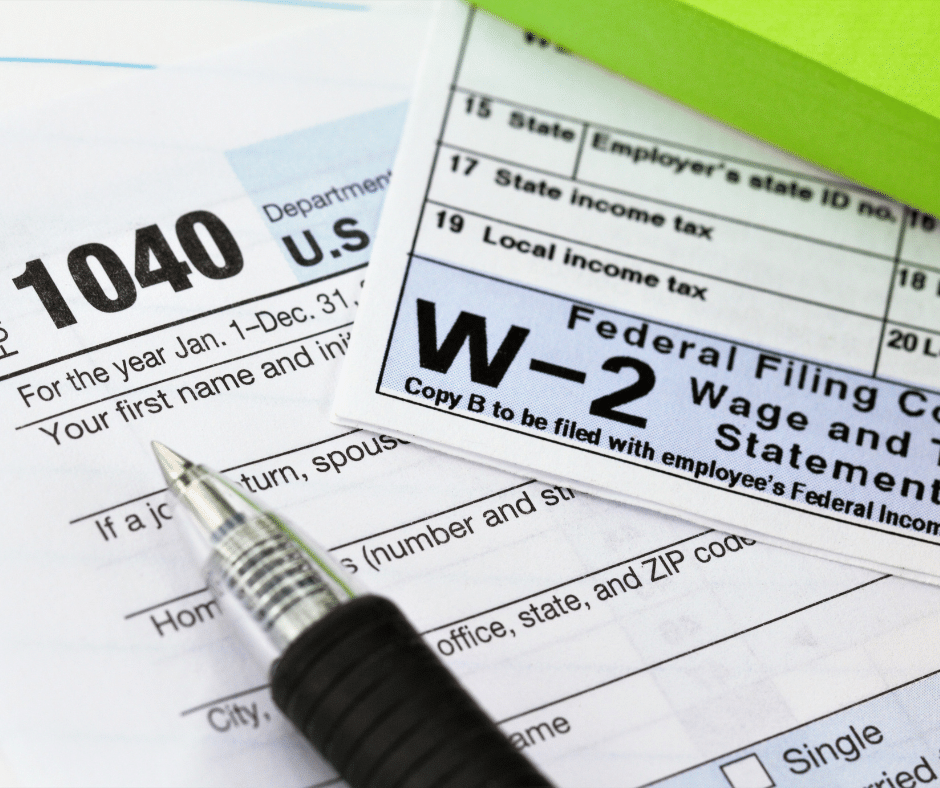In today’s evolving digital economy, understanding merchant risk levels has become critical for businesses seeking reliable payment solutions. Whether you’re a startup launching your first e-commerce store or an established company expanding into new markets, the way your merchant account is classified can significantly impact your payment processing fees, approval rates, and compliance requirements. High risk merchant services are designed to accommodate industries with elevated risk factors, but knowing where your business stands is key to securing the right merchant account and maintaining secure processing.
Merchant risk levels are typically determined by a combination of industry classification, chargeback rates, and overall financial stability. Businesses operating in sectors with higher fraud risks or regulatory complexities—such as travel, gaming, nutraceuticals, and subscription services—are often categorized as high risk. This classification influences everything from transaction fees to the availability of online merchant accounts, making it essential for businesses to align their payment solutions with their specific risk profile. By understanding the nuances of merchant risk levels, businesses can choose processing partners that offer the right balance of flexibility, security, and cost efficiency.
Factors That Influence Merchant Risk Classification
Merchant accounts are not all created equal, and the risk level assigned to your business will shape the kind of payment processing services you can access. Processors evaluate several factors when determining risk levels, with certain industries automatically flagged due to higher incidences of chargebacks or fraud.
Industry Type and Chargeback Ratios
Businesses operating in sectors known for high chargeback rates—such as e-commerce, travel, subscription services, and adult entertainment—are typically labeled as high risk[1]. Credit card networks often set a threshold of 1% for chargebacks, and exceeding this can result in penalties or account termination. High risk merchant services are designed to help these businesses manage disputes and minimize revenue loss through fraud prevention tools and chargeback management strategies.
Regulatory Compliance Requirements
Some industries face stringent regulatory oversight that adds complexity to payment processing. Businesses in sectors like healthcare, finance, and CBD must comply with federal and state regulations, data protection laws, and industry-specific guidelines. Non-compliance can expose both merchants and processors to legal liability, increasing the overall risk profile of the merchant account.
Transaction Volume and Average Ticket Size
Businesses that process high-value transactions or large volumes of payments are often seen as higher risk by payment processors[2]. A single fraudulent transaction in a high-ticket environment can result in significant financial losses, making it crucial for these businesses to implement robust fraud detection and secure processing protocols.
International Sales and Currency Conversion
Selling to international customers introduces additional risk factors due to currency fluctuations, varying fraud rates by region, and differing consumer protection laws. Businesses with a global customer base often require specialized high risk merchant services that can handle multi-currency transactions and region-specific fraud prevention measures[3].
How Risk Levels Impact Merchant Services
The risk level assigned to your business not only determines the types of payment solutions available but also affects the associated fees and compliance obligations. Understanding these implications helps businesses make informed decisions when selecting a payment processor.
Processing Fees and Reserve Requirements
High risk merchants typically pay higher processing fees due to the increased likelihood of chargebacks and fraud. Additionally, processors may require rolling reserves—where a percentage of revenue is held in reserve for a set period—to mitigate potential losses. While this adds a layer of financial protection for the processor, it can impact cash flow for the merchant.
Access to Online Merchant Accounts
Not all payment processors offer online merchant accounts to high risk businesses, and those that do often impose stricter underwriting requirements. Finding a processor that specializes in high risk merchant services ensures that businesses in regulated or high-fraud industries can still offer seamless online payment options to their customers.
Security and Compliance Obligations
High risk businesses face stricter security requirements, often needing to implement enhanced fraud detection tools, tokenization, and end-to-end encryption. PCI compliance becomes even more critical, with non-compliance leading to fines or account suspension. Partnering with a processor experienced in secure processing ensures these obligations are met while minimizing operational disruptions.
Dispute and Chargeback Management
A robust chargeback management strategy is essential for high risk merchants. Advanced fraud prevention tools, real-time transaction monitoring, and clear refund policies help reduce chargeback rates and maintain compliance with card network guidelines. Some processors offer integrated chargeback mitigation solutions, streamlining the process for merchants and reducing revenue loss.
Strategies for Managing High Risk Merchant Accounts
Effectively managing a high risk merchant account requires a proactive approach to fraud prevention, compliance, and customer satisfaction. Businesses that prioritize secure processing and transparent operations can reduce risk exposure and maintain strong processor relationships.
Implementing Advanced Fraud Detection Tools
AI-powered fraud detection tools analyze transaction patterns in real-time, flagging suspicious activity before it leads to chargebacks. Features like address verification systems (AVS), CVV checks, and geolocation tracking add layers of security, helping to identify and block unauthorized transactions.
Maintaining PCI Compliance
For high risk businesses, PCI compliance is non-negotiable. Regular vulnerability scans, data encryption, and secure storage practices ensure sensitive payment data is protected. Many processors offer compliance assistance, helping merchants navigate complex requirements and avoid costly penalties.
Utilizing Secure Online Merchant Accounts
For businesses that operate online, choosing a payment processor that offers specialized online merchant accounts for high risk industries is essential. These accounts come with built-in fraud prevention tools, chargeback mitigation strategies, and support for multi-currency transactions, ensuring secure and seamless payment experiences for global customers.
Optimizing Customer Communication and Refund Policies
Clear communication with customers reduces misunderstandings that can lead to chargebacks. Transparent refund policies, proactive shipping updates, and responsive customer service can significantly lower dispute rates. Additionally, sending pre-authorization notifications for recurring charges helps maintain trust and prevent accidental disputes.
Adapting to Changing Risk Profiles
As businesses grow and expand into new markets, their risk profiles can shift, impacting payment processing needs. Regularly reviewing merchant account classifications and updating risk management strategies ensures businesses stay compliant and secure while maximizing revenue potential[4].
Expanding Into New Markets
Entering international markets introduces new compliance requirements, currency risks, and potential fraud challenges. Businesses expanding globally should partner with payment processors that offer specialized high risk merchant services, ensuring seamless cross-border transactions and region-specific fraud prevention.
Scaling Transaction Volumes
As sales volumes increase, so does the potential for fraudulent transactions and chargebacks. Implementing scalable fraud prevention tools and maintaining regular PCI compliance checks help businesses manage growing transaction volumes without increasing risk exposure.
Responding to Industry Changes
Regulatory changes can quickly shift a business’s risk classification. Staying informed about evolving compliance requirements and adapting payment processing strategies accordingly helps businesses avoid unexpected disruptions and maintain strong processor relationships.
Conclusion
Understanding merchant risk levels is essential for businesses looking to optimize their payment processing strategies while maintaining secure operations. High risk merchant services offer tailored solutions for industries with elevated fraud and compliance risks, ensuring businesses can continue to grow while safeguarding revenue[5].
Whether managing an online merchant account or navigating the complexities of high risk payment processing, working with experienced processors like Payment Nerds ensures access to secure, compliant, and efficient solutions. With the right strategies in place, businesses can minimize risk exposure, reduce processing costs, and maintain strong customer relationships, regardless of their industry classification.
Sources
- NACHA. "Understanding Merchant Risk Classifications." Accessed February 21, 2025.
- Forbes. "Why Some Businesses Are Considered High Risk in Payment Processing." Accessed February 21, 2025.
- Merchant Maverick. "Best High-Risk Merchant Account Providers." Accessed February 21, 2025.
- The Nilson Report. "Trends in High Risk Merchant Services." Accessed February 21, 2025.
- Riskified. "How to Reduce Chargebacks in High Risk Industries." Accessed February 21, 2025.











